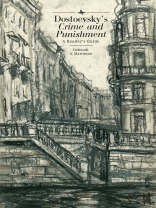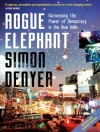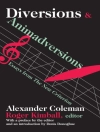Crime and Punishment: A Reader’s Guide focuses on narrative strategy, psychology, and ideology. Martinsen demonstrates how Dostoevsky first plunges the reader into Raskolnikov’s fevered brain, creating sympathy for him, and she explains why most readers root for him to get away from the scene of the crime. Dostoevsky subsequently provides outsider perspectives on Raskolnikov’s thinking, effecting a conversion in reader sympathy. By examining the multiple justifications for murder Raskolnikov gives as he confesses to Sonya, Dostoevsky debunks rationality-based theories. Finally, the question of why Raskolnikov and others, including the reader, focus on the murder of the pawnbroker and forget the unintended murder of Lizaveta reveals a narrative strategy based on shame and guilt.
Jadual kandungan
Acknowledgments
Introduction
1. Historical Introduction
2. Overview
3. Parts One and Two: Getting Away with Murder
4. Parts Three to Five: In and Out of Raskolnikov’s Mind
5. Part Six: Last Meetings and Epilogue
Appendix 1: Illustrations and Maps
Appendix 2: Crime and Punishment Chronology
Appendix 3: Contemporary Critical Reactions
Appendix 4: Chronology of Dostoevsky’s Life
Bibliography
Mengenai Pengarang
Deborah A. Martinsen was Associate Dean of Alumni Education and Adjunct Professor of Russian and Comparative Literature, Columbia University. Past president of the International Dostoevsky Society and former executive secretary of the North American Dostoevsky Society, Martinsen is the author of ‘Surprised by Shame: Dostoevsky’s Liars and Narrative Exposure’ (Ohio, 2003) and co-editor of ‘Dostoevsky in Context’ (Oxford, 2015).












